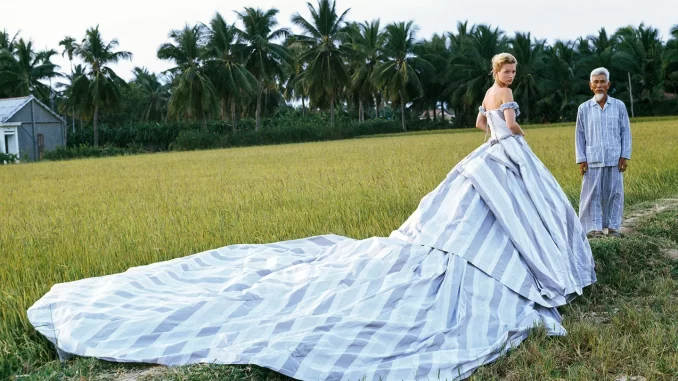
There are many factors that distinguish stunning photography from basic, decent photographs. Focus, framing, line and tonal contrast are all important components of portrait, landscape, still life and motion photography. Most experienced photographers have a good knowledge of tonal and color contrast when it comes to photography. This is even true for people like Bruce Weber Photographer, who majorly click pictures in black and white. Tonal contrast implies to the contrast between the darkest and lightest components of a photograph. The bright highlights of an artistic black and white photo can be pure white, its dark shadows pure black, and everything else falling under shades of gray.
Much like in life, the contrast in photography involves the use of opposites. Just the presence of contrast can make a photo more interesting. After all, variety is the spice of life. Using a total contrast that efficiently matches the mood of the image helps enhance its message and aids the viewers in easily understanding the photo. Good tonal contrast will engage the viewers and can hold their attention for a longer period of time. Conversely, color contrast largely focuses on the relationship between the hues on the color wheel. Cool and warm colors contrast with each other. Colors that are opposite on the color wheel are known as complementary colors, such as yellow and purple or red and green. The contrast is particularly striking if complementary colors are paired.
There are several ways to introduce color contrast into photography. No one has to be a master of color theory or an experienced professional like Bruce Weber Photographer to do so. They simply need to identify a few important types of contrast photography and subsequently create compositions with complementary hues.
Two-color images are arresting and stark, and they exist naturally in the surroundings. Contrast of a green shrub against the earthy brown soil beneath it or a bright cardinal against a backdrop of blue sky, are excellent examples of eye-catching composition with just two colors. For composed still life images, one can always pair a bright-colored object against a solid background. Bold, vibrant colors can produce better contrast. Creating contrast by pairing cool colors with warm ones can also be a simple, yet impactful photography technique. Diverse shades of orange, yellow and red makeup warm colors. Om the other hand, purple, green and blue are cool colors. Having a frosted blue vase against the earth tones of a red brick wall can essentially create a striking contrast.
Photographers may even use post-processing solutions to elevate color contrast. There are many types of photo editing tools available that can turn low contrast images into high contrast ones. No matter whether a photographer uses presets or does a manual edit, they can easily alter the color contrast of raw files during postproduction. For instance, a muted blue can become bold cyan by adjusting its contrast.

Leave a Reply